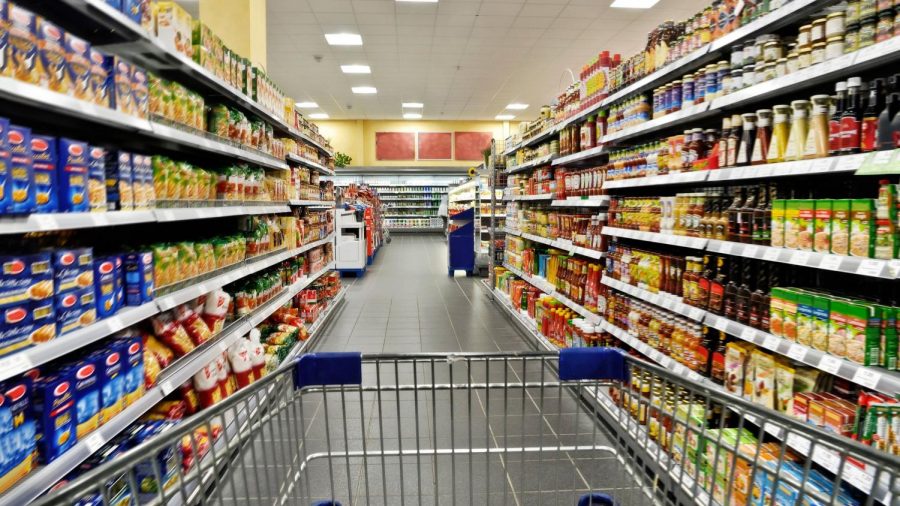Shield Breakdown: Grocery Shopping Safety During Quarantine
As we get closer to a possible reopening of the Finger Lake region, it is extremely important for the citizens of Rochester to adhere to CDC and local regulations to stop the spread of COVID-19. Local businesses must match this effort in order to provide a seamless, and safe, return to relative normalcy. Leading this front should be our local grocery stores, whose goods are necessities for all community members.
With this in mind, I set out to provide a comprehensive analysis of the safety practices of local grocery stores and how closely they adhere to the CDC’s guidance on operations for essential stores during the COVID-19 pandemic. [Ed. Note—We were assured that the reporter followed all necessary safety precautions on these visits.]
The report ranks grocery stores based on their compliance with specific regulations and each store earns a point for each practice they follow.
Wegmans (7)
The obvious local favorite, Wegmans met more of the safety regulations than any other store included in this report. Most notably, their online program makes it easy to get groceries delivered, receive contactless curbside pickup, or at least plan out the items you are going to buy in order to spend less time in the physical store. The ease of use in their online ordering system encourages people to stay out of the physical store, providing more safety than any other techniques reported. The store recognizes this option may not be possible for everyone and still strives to keep their stores as clean as possible. Every single employee had a mask on and they had expansive plastic partitions at checkout, much larger than any other stores.
Walmart (5)
Walmart seemed to mostly benefit from the massive size of their stores. Customers are practically forced to social distance because of how many aisles the store has, as well as the ample space within them. Other than this, they seemed to hit average practices, putting in some effort but not going above and beyond. All employees were wearing face masks and there were plenty of tape floor markers, yet people seemed to pay no attention to them. Self-checkout lanes and in-person checkout lanes were all cramped, and people still waited in close proximity, not to mention how close the registers were to each other: cashiers were barely six feet apart, let alone the customers. The checkout areas seemed to be their weakest point.
Target (4)
Tied for third place, Target seems to do the bare minimum required by the CDC. Once again, the store benefits because of its large footprint and low traffic. There just aren’t that many customers to come in contact with in the first place. The plastic dividers at the checkout counter are extremely small, and the cashiers negate any benefit they may provide when they peek around and place your change and receipt right into your hand. One positive, however, is that they do wipe down the credit card readers after every customer, but if you use contactless payment like Apple Pay, this affords you no benefit. It would serve them much better to wipe down the conveyor belt like the CDC recommends.
Trader Joe’s (4)
Although they earned the same number of points, Trader Joe’s earned that from having a very small store as well as a long wait time. The small store makes in functionally impossible to stay six feet away from other customers. Even if you managed to dodge other patrons, you would be forced into proximity with the cashier, and you have nothing but the equivalent of a laminated sheet of paper standing between you and a potential carrier. Once again, the store’s plastic shields are too small to stop any air travel.
Tops (2)
Last and certainly least, Tops seemed to put no effort into safety of their staff or patrons. Employees were wearing masks on their chin which, contrary to some beliefs, provides no public health benefit. They had no system to prevent overcrowding in their store, and it showed. The store was heavily populated, which caused people to be forced together. The checkout lanes were way too close, even though they had more than half of the registers closed. They had tape to encourage social distancing in the checkout lanes, but the demand was too high for their staff, causing lines to be six or seven customers deep, rendering social distancing impossible.

